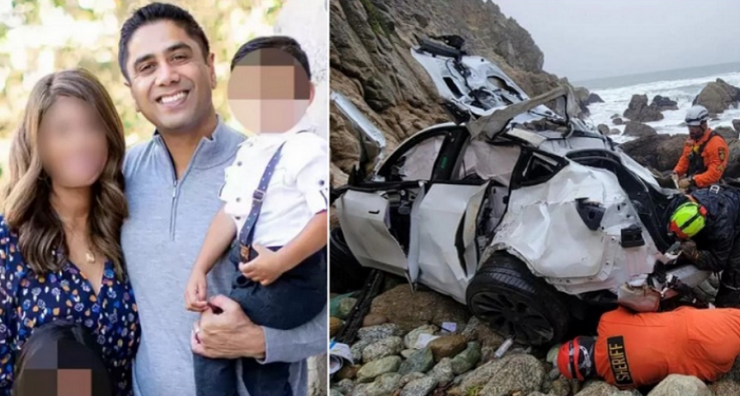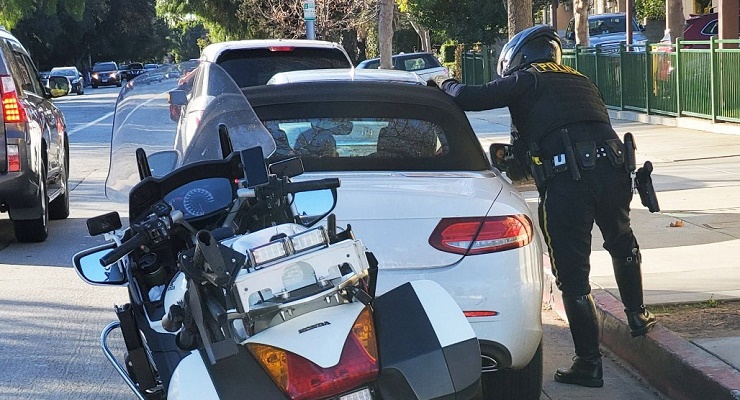[Editor’s Note: This article originally mis-stated the number of sets of human remains excavated in the Sheldon Reservoir area as 18. As pointed out by Dr. Marie Levine, the correct number is 53. The story has been corrected. We apologize for the error. Dr. Levine submitted a “Letter to the Editor” containing other comments about this story which appears here.]
The Pasadena City Council last night approved an Environment Impact Report (EIR), as the first stage in the construction of a non-potable water pipeline from Scholl Canyon in Glendale to the Sheldon Reservoir site in Pasadena.
The motion passed 5-1, with council member Tyron Hampton opposed.
As adopted, the motion would also include consideration of relocating the pipeline’s currently proposed route through the Linda Vista area.
The new pipeline would feed a number of users, including Brookside Golf Course, which would be using non-potable water for its irrigation needs.
Construction of the first phase would take approximately one year.
“We can’t conserve our way out of this drought,” said Councilmember Margaret McAustin. “We need this water.”
McAustin added, “We are actually behind a number of cities on this type of tertiary water use.”
According to staff reports from the Pasadena Water and Power (PWP), the project would be implemented in six phases over the next 20 years.
When completed, it will provide more than 10% of the city’s current level of potable drinking water use by providing over 3,000 acre-feet per year of non-potable supply for irrigation, cooling and industrial applications. The new water would not be available for drinking.
Sources of the water would include recycled water produced by the Los Angeles/Glendale Water Reclamation Plant 10 miles west of Pasadena in Scholl Canyon, as well as raw water from the Arroyo Seco stream and the Devil’s Gate and Richardson tunnels, near Devil’s Gate Dam.
The staff report recommended that EIR be passed immediately in order to take advantage of a number of grant applications, which have already been submitted in partially-complete form.
According to Shari Thomas, PWP interim general manager, grant funding opportunities necessary to fund the actual construction of the pipeline are limited and offered on a first-come, first-served basis, and all require a complete EIR.
“Time is a consideration for us,” she said. ‘We have several grant applications in progress.”
Phase one of the project would, according to the PWP staff report, involve the construction of approximately five miles of new distribution pipelines, built below ground from Scholl Canyon to the west side of Pasadena to accommodate the flow of all six eventual phases.
Two new reservoirs would also be built—one in Glendale at Scholl Canyon, and one in Pasadena at the Sheldon Reservoir site to deliver water by gravity to customers,
A pressure reducing station at the intersection of Washington Boulevard and
West Drive would also be built, along with an option to build one micro turbine to generate electricity, as the recycled water is delivered from Glendale to Pasadena, and to install power transmission and fiber optic conduits along the pipeline.
Construction would also include a tunnel water pump station at Brookside Golf Course, improvements to Glendale’s pump system at various locations to accommodate
deliveries of recycled water to Pasadena, and connection of the new four customer locations—Art Center College of Design, Brookside Golf Course, Rose Bowl Stadium, and Brookside Park.
The entire twenty-year project is estimated to cost 50 million dollars.
A number of local residents who live in the Linda Vista area, where a section of the pipeline would go, spoke out against the location of the pipeline, including a number of residents living on Laurel Street, in the hills above the Rose Bowl to the west. Residents also suggested that the pipeline be built using a route that would travel down Salvia Canyon to West Drive, as opposed to using Laurel Street.
This area is already impacted,” said resident Connie Richardson. “We have the Rose Bowl and UCLA games here, which bring in traffic, as well as the increased number of concerts in the area. To build it here, seems unconscionable to me.”
“I don’t understand why we are putting the needs of a golf course above the needs of the people,” said Avis Kawahara.
Local resident Marie Levine also noted that the Sheldon Reservoir site is a former Indian burial site. (In fact, 53 sets of human remains were found at the site in 1938, when the original reservoir was first built.). At least one PWP staffer noted that the most recent survey of the ground at the Sheldon site revealed “anomalies” underground, which were, as yet, identified, but she stressed that PWP has an archaeological plan in place which would immediately stop construction upon the discovery of any remains or artifacts.
Also, while a number of Laurel Street residents expressed concern about tree root damage, Kenny Graham of Pasadena Urban Forestry pointed out that the location of the digging would not affect the roots of the local Canary Pine trees.














 0 comments
0 comments


